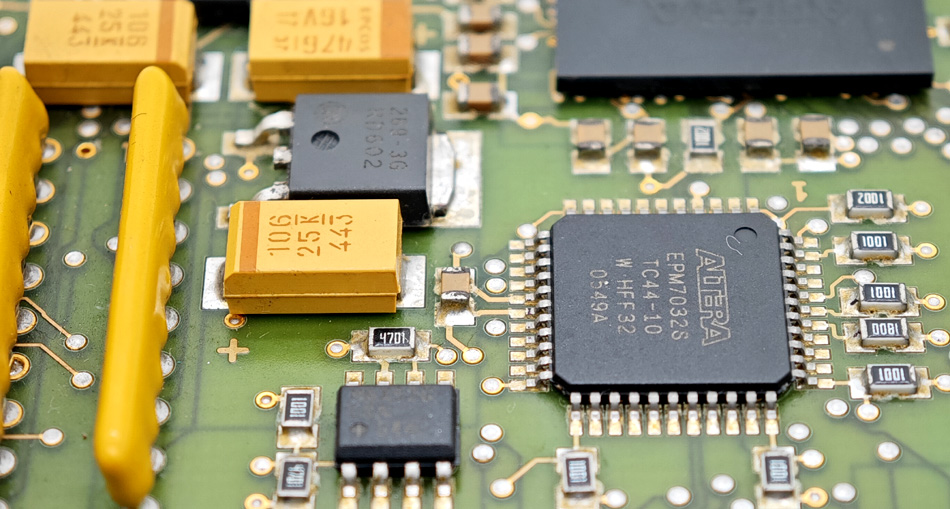- English
- Español
- Português
- русский
- Français
- 日本語
- Deutsch
- tiếng Việt
- Italiano
- Nederlands
- ภาษาไทย
- Polski
- 한국어
- Svenska
- magyar
- Malay
- বাংলা ভাষার
- Dansk
- Suomi
- हिन्दी
- Pilipino
- Türkçe
- Gaeilge
- العربية
- Indonesia
- Norsk
- تمل
- český
- ελληνικά
- український
- Javanese
- فارسی
- தமிழ்
- తెలుగు
- नेपाली
- Burmese
- български
- ລາວ
- Latine
- Қазақша
- Euskal
- Azərbaycan
- Slovenský jazyk
- Македонски
- Lietuvos
- Eesti Keel
- Română
- Slovenski
- मराठी
- Srpski језик
Surface finishing in PCBA manufacturing: metallization and anti-corrosion treatment
2024-05-29
In the PCBA manufacturing process, surface finishing is a critical step, including metallization and anti-corrosion treatment. These steps help ensure printed circuit board reliability and performance. Here are the details on both:

1. Metalization:
Metallization is the process of coating electronic component pins and solder pads with a layer of metal (usually tin, lead, or other solder alloys). These metal layers help connect components to the PCB and provide electrical and mechanical connections.
Metalization usually involves the following steps:
Chemical Cleaning: The PCB surface is cleaned to remove any dirt and grease to ensure adhesion of the metal layer.
Pre-treatment: The PCB surface may require pre-treatment to improve adhesion of the metal layer.
Metallization: The PCB surface is coated with a metal layer, usually by dip plating or spraying.
Bake and Cool: The PCB is baked to ensure even adhesion of the metal layers. Then cool.
Apply solder paste: For surface mount technology (SMT) assembly, solder paste also needs to be applied to the solder joints for subsequent component installation.
The quality of the metallization process is critical to soldering and circuit board reliability. Substandard metallization can result in weak solder joints and unstable electrical connections, affecting the performance of the entire PCB.
2. Anti-corrosion treatment:
Anti-corrosion treatment is to protect the metal surface of the PCB from oxidation, corrosion and environmental influences.
Common anti-corrosion treatments include:
HASL (Hot Air Solder Leveling): The PCB surface is coated with a layer of hot air solder to protect the metal surface from oxidation.
ENIG (Electroless Nickel Immersion Gold): The PCB surface is coated with a layer of electroless nickel plating and deposited gold to provide excellent corrosion protection and a smooth soldering surface.
OSP (Organic Solderability Preservatives): The PCB surface is covered with organic protective agents to protect the metal surface from oxidation and is suitable for short-term storage.
Plating: PCB surfaces are electroplated to provide a protective layer of metal.
Anti-corrosion treatment helps ensure that the PCB maintains good electrical performance and reliability during operation. Especially in high humidity or corrosive environments, anti-corrosion treatment is very important.
In summary, metallization and anti-corrosion treatments are critical steps in PCBA manufacturing. They help ensure reliable connections between electronic components and printed circuit boards while protecting the metal surface from the effects of oxidation and corrosion. Selecting the appropriate metallization and anti-corrosion treatment method depends on the specific application and environmental requirements.
-
Delivery Service






-
Payment Options









